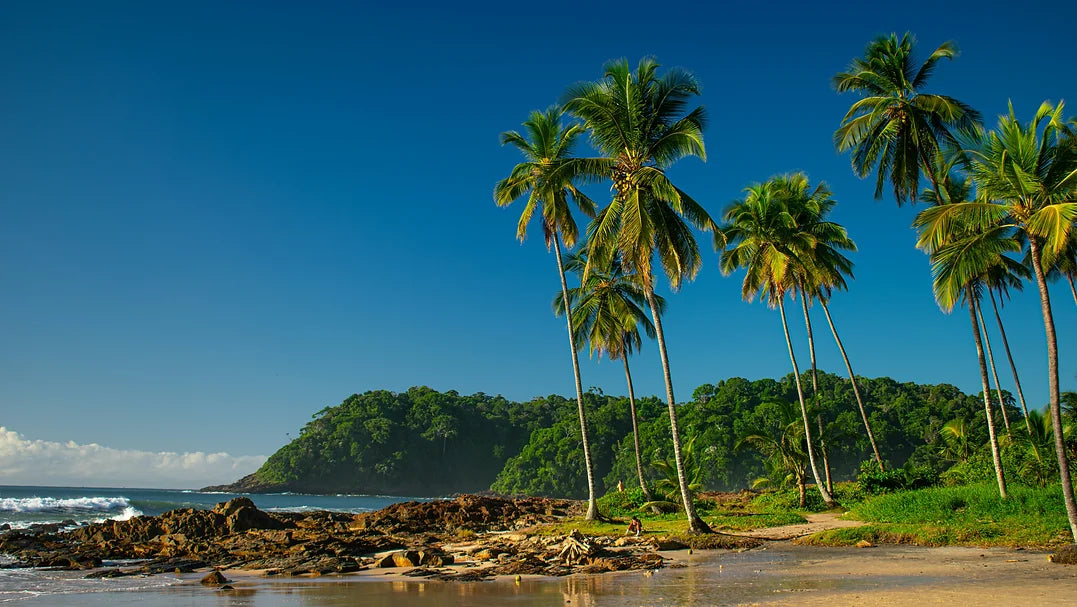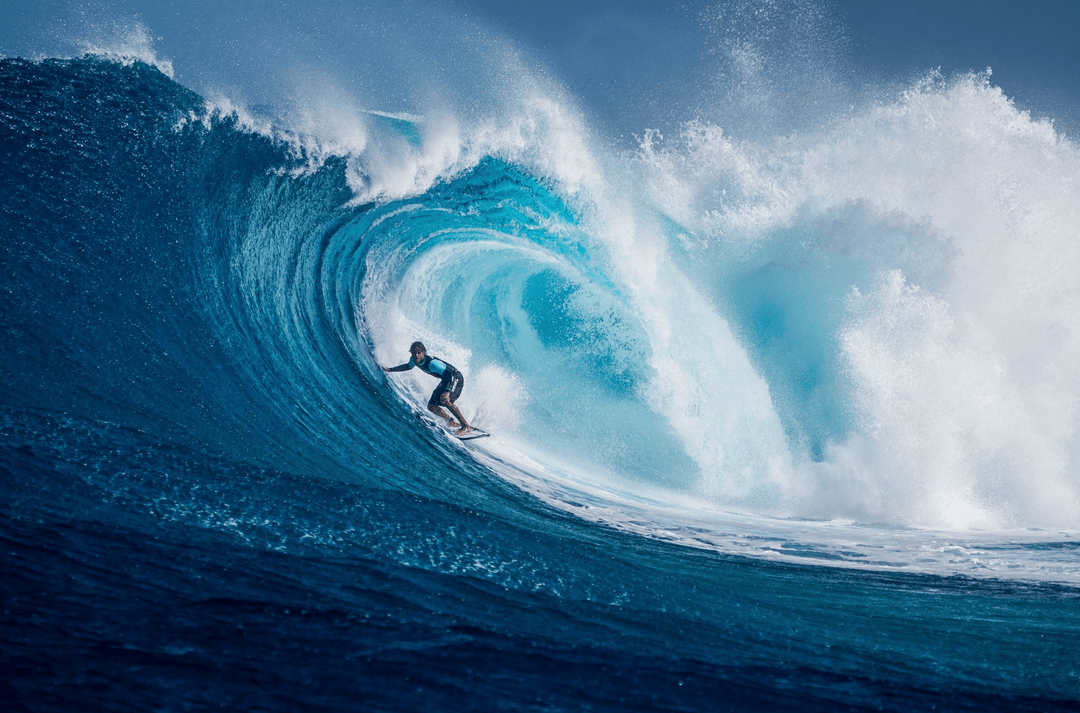The future of surfing?
The emergence of surfing in artificial facilities
Introduction Surfing, once a sport practiced exclusively on coastlines, is undergoing a revolutionary transformation with the development of artificial surfing facilities. These facilities, which are being built in more and more cities and countries, offer surfers new opportunities and experiences. This essay argues that man-made surfing may represent the future of surfing, driven by accessibility, technological advances and the creation of new social and sporting opportunities.

Accessibility and Inclusivity Artificial surfing facilities make the sport more accessible to people who live far from coasts. They provide a platform for those who would otherwise not have the opportunity to try surfing. This not only increases the sport's inclusivity, but also expands its base of enthusiasts and talent. In areas where natural wave conditions are unreliable or seasonal, these facilities guarantee year-round surfing.
Technological progress The technology behind artificial surfing systems is developing rapidly. These rigs can now produce waves of various sizes and shapes that appeal to both beginners and professionals. With the ability to standardize waves, they provide an ideal platform for training and competitions. This consistency is particularly beneficial for professional surfers, who can train and hone their skills in consistent conditions.
Environmental factors and sustainability While ocean surfing relies on natural conditions that can be affected by climate changes, man-made facilities offer a more environmentally friendly alternative. Many modern facilities strive to minimize their ecological footprint by using renewable energy and recycling water efficiently. This represents an important step towards a more sustainable sport.
Social and economic impacts Artificial surfing facilities have the potential to bring social and economic benefits. They can serve as community centers that bring people together and strengthen local economies. In addition, they provide opportunities for events, competitions and tourism, making them an attractive feature for cities and regions.
The future of competitive surfing Artificial facilities offer a new arena for competitive surfing. With the ability to standardize waves, competitions can be held under fair and equal conditions. This could revolutionize competitive surfing and make it an even more attractive spectator sport.
In conclusion, man-made surfing has the potential to change the landscape of surfing. Through their accessibility, technological innovations, environmental sustainability and socio-economic benefits, they help to democratize sport and make it accessible to a wider public. While surfing in the sea will always retain its own, incomparable appeal, artificial surfing facilities represent a complementary and future-oriented dimension to surfing.






